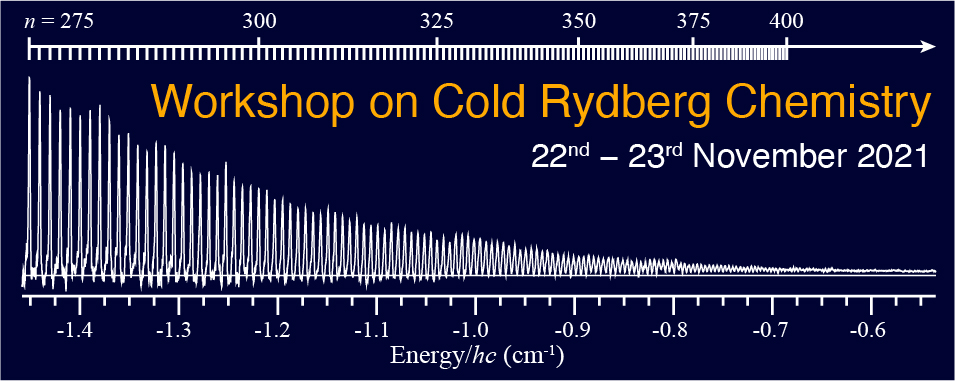Speaker
Description
Assemblies of highly excited Rydberg atoms in an ultracold gas can be set into motion by a combination of van-der-Waals and resonant dipole-dipole interactions [1]. Thereby, the collective electronic Rydberg state might change due to non-adiabatic transitions, in particular if the configu- ration encounters a conical interaction [2]. For the experimentally most accessible scenario, in which the Rydberg atoms are initially randomly excited in a three-dimensional bulk gas under blockade conditions, we numerically show that non-adiabatic transitions can be common when starting from the most energetic repulsive BO-surface [3]. We outline how this state can be selectively excited using a microwave resonance, and demonstrate a regime where almost all collisional ionization of Rydberg atoms can be traced back to a prior non-adiabatic transition. Since Rydberg ionisation is relatively straightforward to detect, the excitation and measurement scheme considered here ren- ders non-adiabatic effects in Rydberg motion easier to demonstrate experimentally than in scenarios considered previously [4, 5].
[1] W. Li, P. J. Tanner, and T. F. Gallagher, Phys. Rev. Lett. 94, 173001 (2005).
[2] S. Wüster, A. Eisfeld, and J. M. Rost, Phys. Rev. Lett. 106, 153002 (2011).
[3] R. Pant, R. Agrawal, S. Wüster, and J.-M. Rost, arXiv preprint arXiv:2106.13557 (2021).
[4] K. Leonhardt, S. Wüster, and J. M. Rost, Phys. Rev. Lett. 113, 223001 (2014).
[5] K. Leonhardt, S. Wüster, and J. M. Rost, Phys. Rev. A 93, 022708 (2016).

